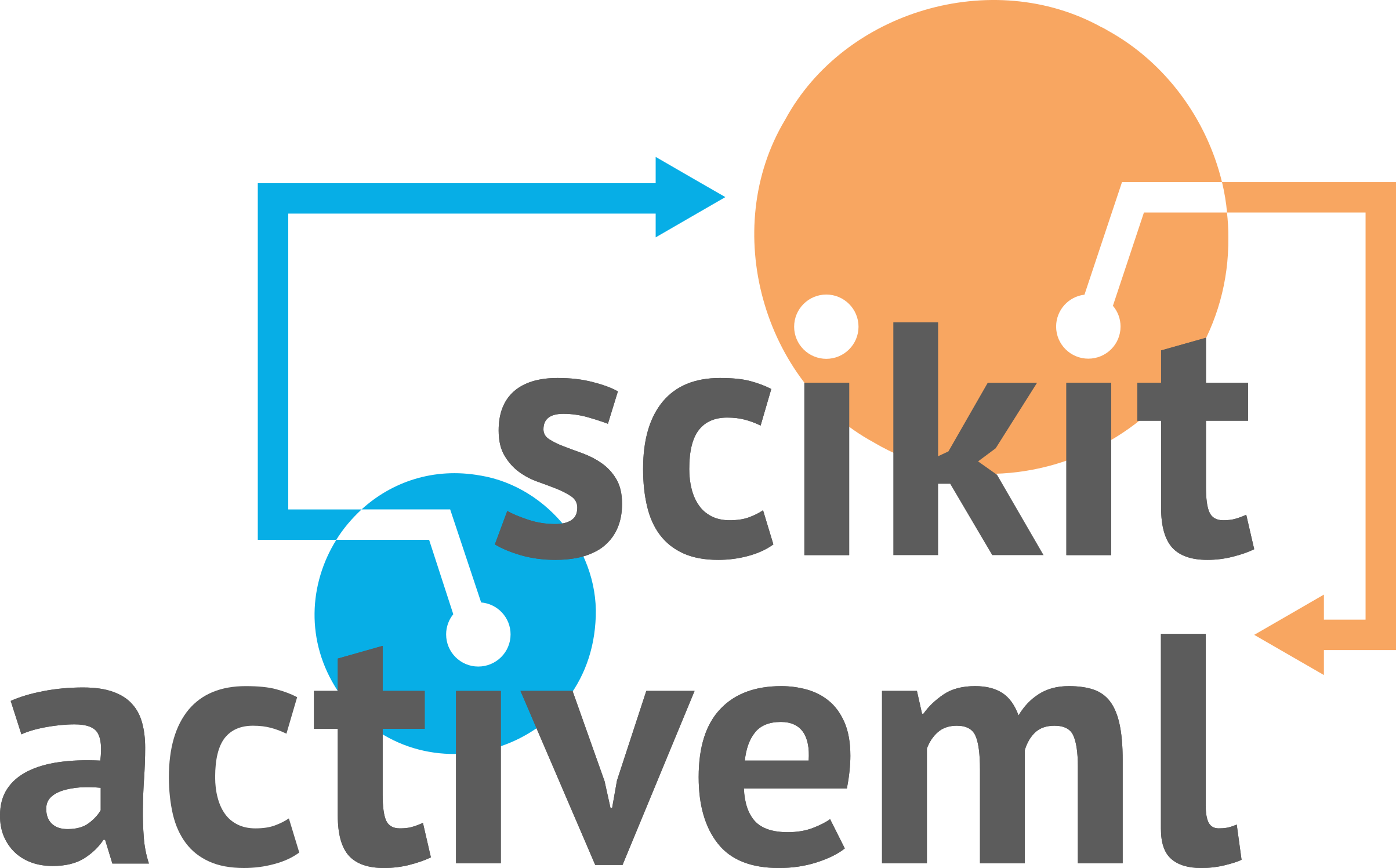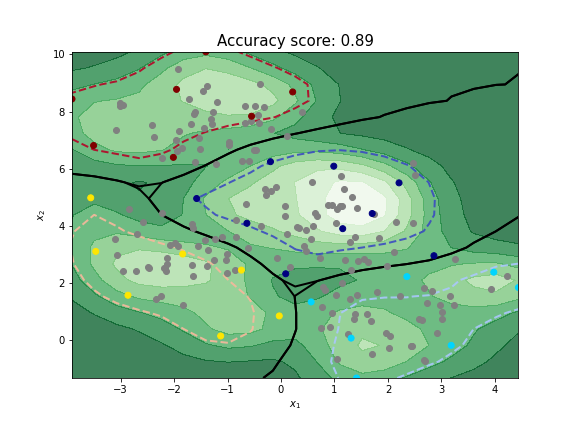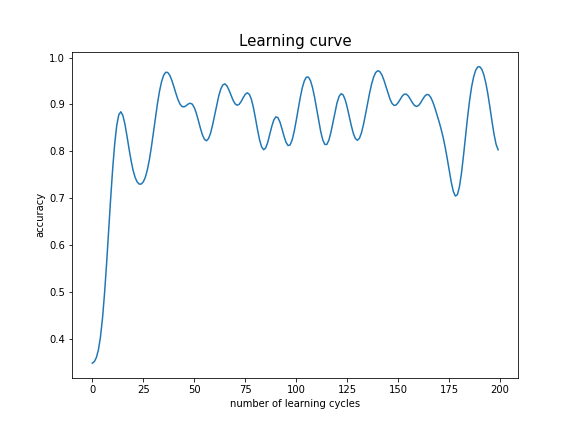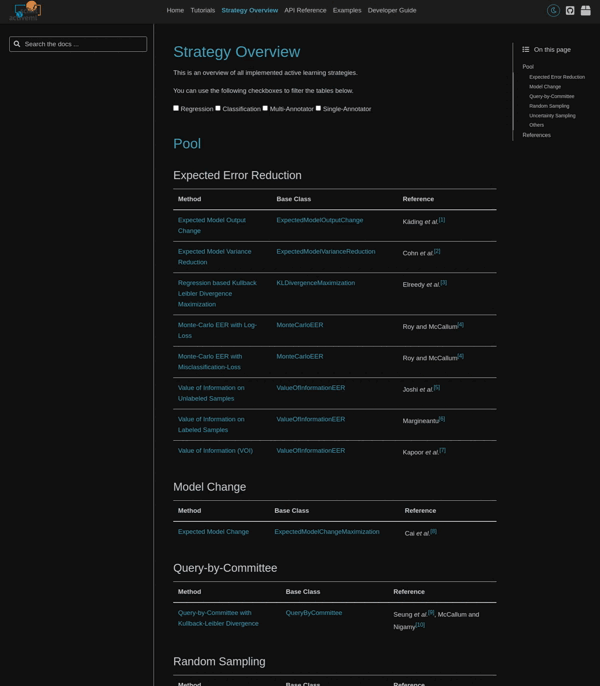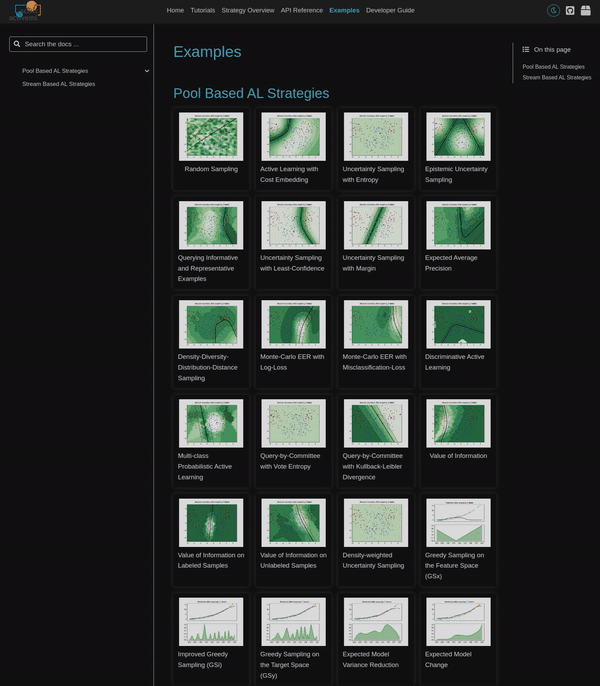Machine learning applications often need large amounts of training data to perform well. Whereas unlabeled data can be easily gathered, the labeling process is difficult, time-consuming, or expensive in most applications. Active learning can help solve this problem by querying labels for those data samples that will improve the performance the most. Thereby, the goal is that the learning algorithm performs sufficiently well with fewer labels
With this goal in mind, scikit-activeml has been developed as a Python module for active learning on top of scikit-learn. The project was initiated in 2020 by the Intelligent Embedded Systems Group at the University of Kassel and is distributed under the 3-Clause BSD licence.
The easiest way of installing scikit-activeml is using pip:
pip install -U scikit-activemlWe provide a broad overview of different use-cases in our tutorial section offering
- Pool-based Active Learning - Getting Started,
- Deep Pool-based Active Learning - scikit-activeml with Skorch,
- Pool-based Active Learning for Regression - Getting Started,
- Pool-based Active Learning - Sample Annotating,
- Pool-based Active Learning - Simple Evaluation Study,
- Multi-annotator Pool-based Active Learning - Getting Started,
- Stream-based Active Learning - Getting Started,
- Batch Stream-based Active Learning with Pool Query Strategies,
- and Stream-based Active Learning With River.
Two simple examples illustrating the straightforwardness of implementing active learning cycles with our Python package skactiveml are given in the following.
The following code snippet implements an active learning cycle with 20 iterations using a Gaussian process classifier and uncertainty sampling. To use other classifiers, you can simply wrap classifiers from sklearn or use classifiers provided by skactiveml. Note that the main difficulty using active learning with sklearn is the ability to handle unlabeled data, which we denote as a specific value (MISSING_LABEL) in the label vector y. More query strategies can be found in the documentation.
import numpy as np
from sklearn.gaussian_process import GaussianProcessClassifier
from sklearn.datasets import make_blobs
from skactiveml.pool import UncertaintySampling
from skactiveml.utils import unlabeled_indices, MISSING_LABEL
from skactiveml.classifier import SklearnClassifier
# Generate data set.
X, y_true = make_blobs(n_samples=200, centers=4, random_state=0)
y = np.full(shape=y_true.shape, fill_value=MISSING_LABEL)
# Use the first 10 instances as initial training data.
y[:10] = y_true[:10]
# Create classifier and query strategy.
clf = SklearnClassifier(
GaussianProcessClassifier(random_state=0),
classes=np.unique(y_true),
random_state=0
)
qs = UncertaintySampling(method='entropy')
# Execute active learning cycle.
n_cycles = 20
for c in range(n_cycles):
query_idx = qs.query(X=X, y=y, clf=clf)
y[query_idx] = y_true[query_idx]
# Fit final classifier.
clf.fit(X, y)As a result, we obtain an actively trained Gaussian process classifier. A corresponding visualization of its decision boundary (black line) and the sample utilities (greenish contours) is given below.
The following code snippet implements an active learning cycle with 200 data points and the default budget of 10% using a pwc classifier and split uncertainty sampling. Like in the pool-based example you can wrap other classifiers from sklearn, sklearn compatible classifiers or like the example classifiers provided by skactiveml.
import numpy as np
from sklearn.datasets import make_blobs
from skactiveml.classifier import ParzenWindowClassifier
from skactiveml.stream import Split
from skactiveml.utils import MISSING_LABEL
# Generate data set.
X, y_true = make_blobs(n_samples=200, centers=4, random_state=0)
# Create classifier and query strategy.
clf = ParzenWindowClassifier(random_state=0, classes=np.unique(y_true))
qs = Split(random_state=0)
# Initializing the training data as an empty array.
X_train = []
y_train = []
# Initialize the list that stores the result of the classifier's prediction.
correct_classifications = []
# Execute active learning cycle.
for x_t, y_t in zip(X, y_true):
X_cand = x_t.reshape([1, -1])
y_cand = y_t
clf.fit(X_train, y_train)
correct_classifications.append(clf.predict(X_cand)[0] == y_cand)
sampled_indices = qs.query(candidates=X_cand, clf=clf)
qs.update(candidates=X_cand, queried_indices=sampled_indices)
X_train.append(x_t)
y_train.append(y_cand if len(sampled_indices) > 0 else MISSING_LABEL)As a result, we obtain an actively trained Parzen window classifier. A corresponding visualization of its accuracy curve accross the active learning cycle is given below.
For better orientation, we provide an overview (incl. paper references and visualizations) of the query strategies implemented by skactiveml.
If you use skactiveml in one of your research projects and find it helpful, please cite the following:
@article{skactiveml2021,
title={scikit-activeml: {A} {L}ibrary and {T}oolbox for {A}ctive {L}earning {A}lgorithms},
author={Daniel Kottke and Marek Herde and Tuan Pham Minh and Alexander Benz and Pascal Mergard and Atal Roghman and Christoph Sandrock and Bernhard Sick},
journal={Preprints},
doi={10.20944/preprints202103.0194.v1},
year={2021},
url={https://github.com/scikit-activeml/scikit-activeml}
}




